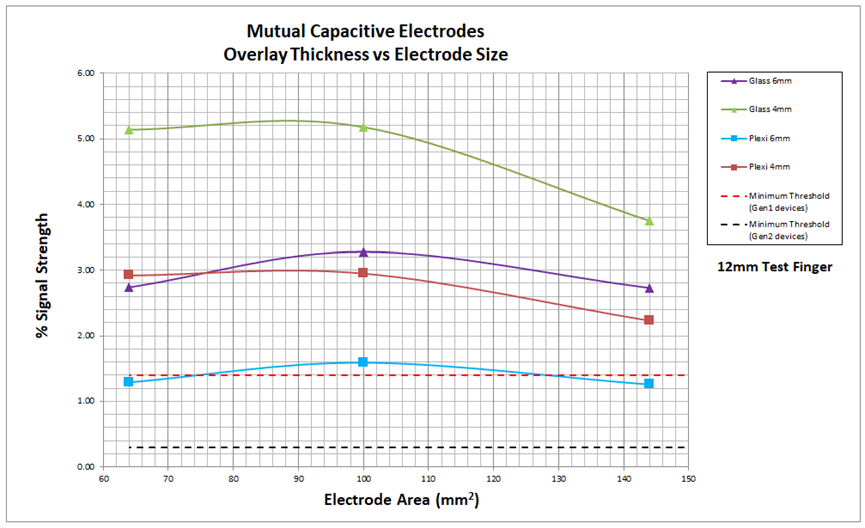Hello,
I am thinking of developing my board using FR-4 PCB with reference to TIDM-1021.
And we are considering making a larger hole in the RX electrode than TIDM-1021 in order to transmit the LED light more.
Due to the above, the area of the RX electrode is reduced by about 80%.
What is the effect on the touch?
How big a hole can be allowed in the RX electrode for a successful liquid tolerant touch?
Regards,
U-SK


